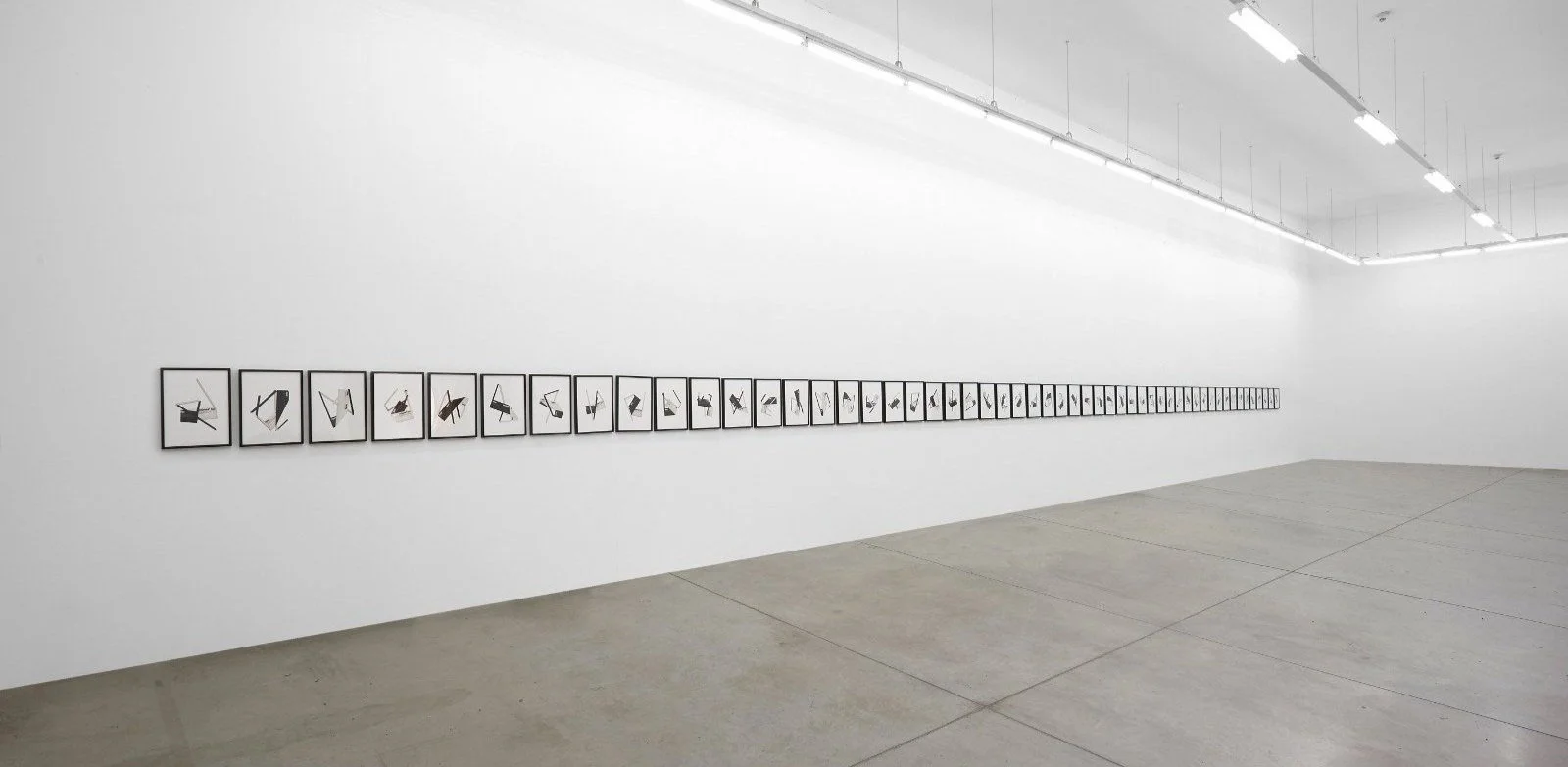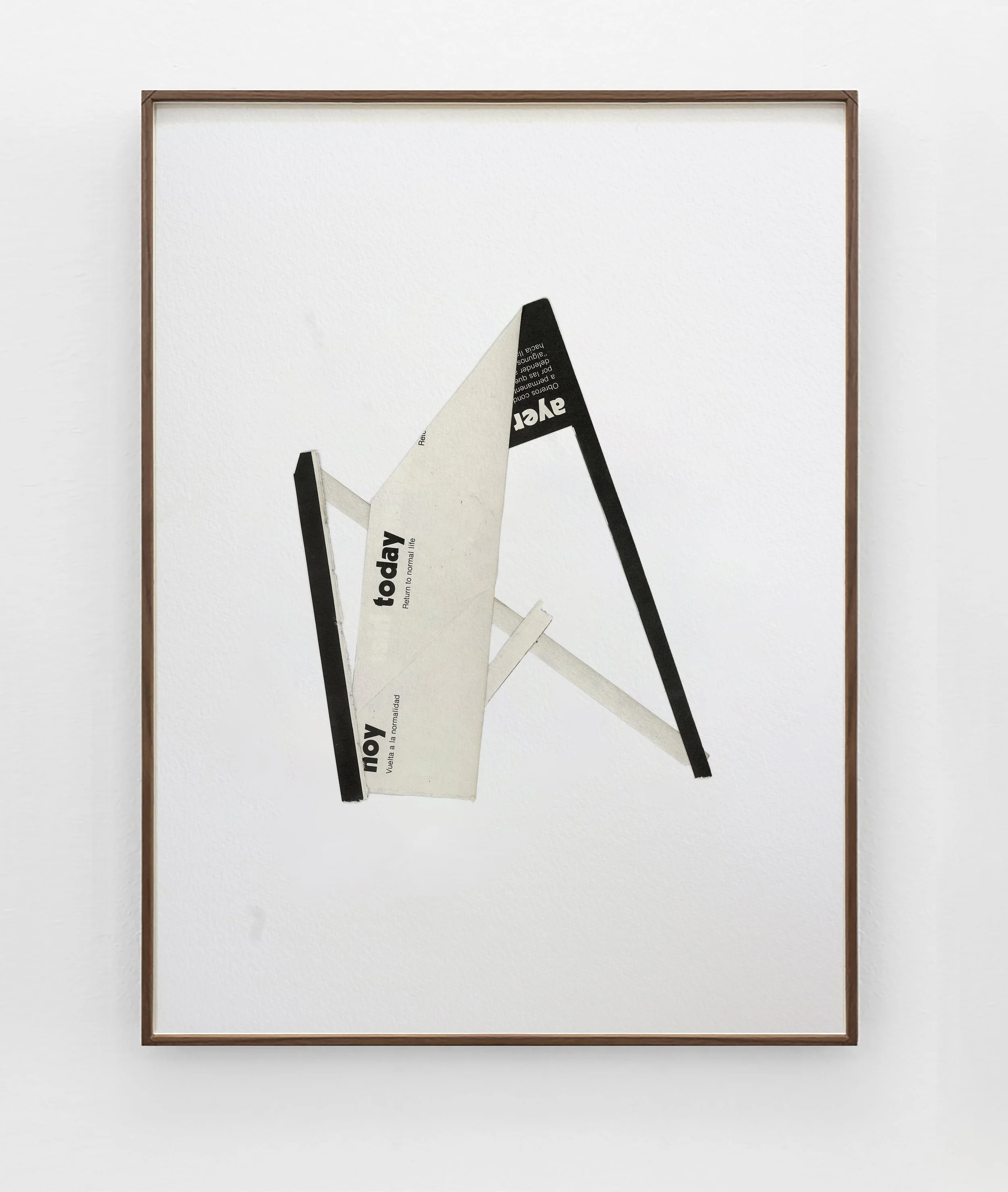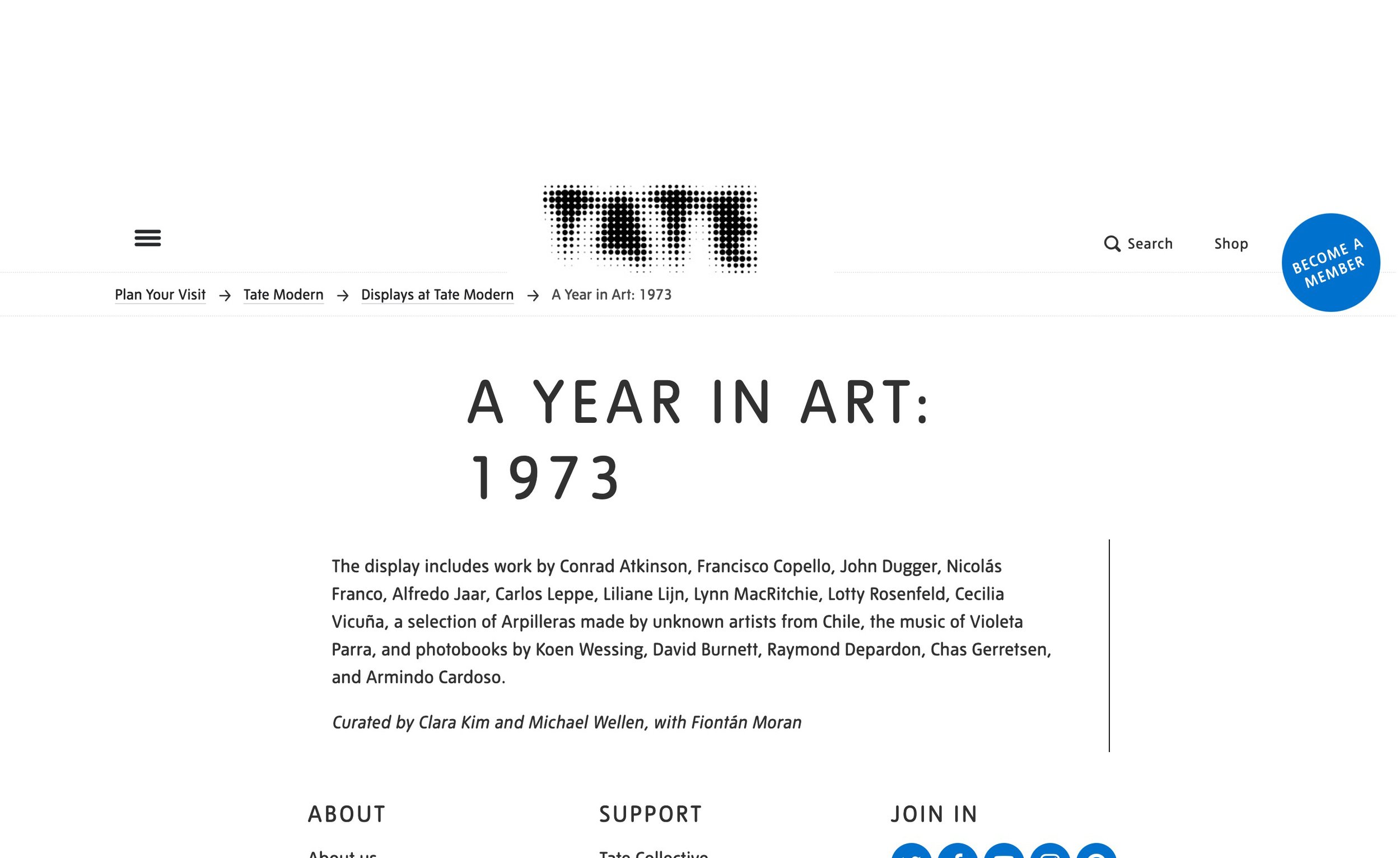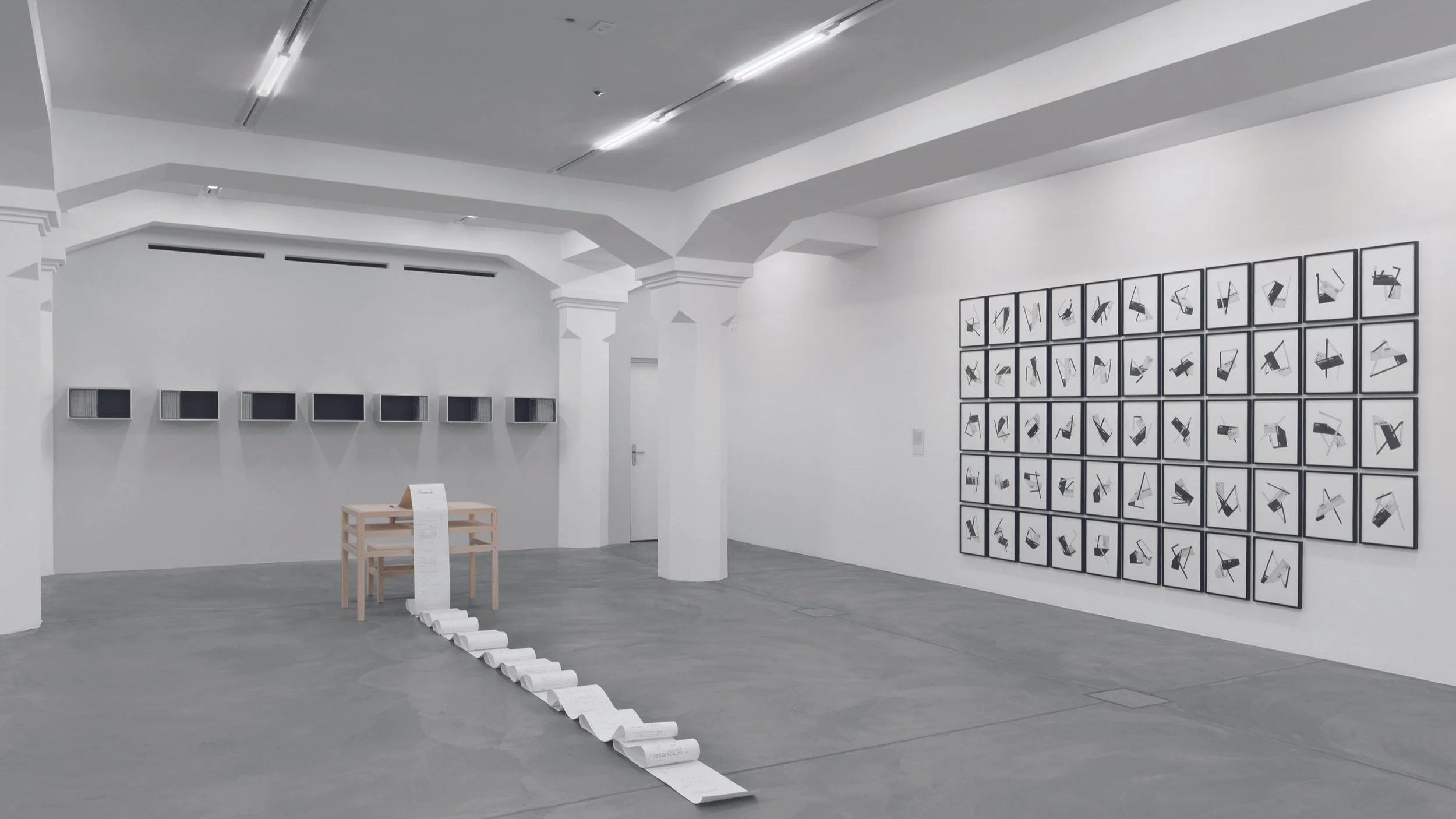Yesterday and Today
Cesar Gabler
Chile: Yesterday and Today was one of the many publications edited during Pinochet’s military dictatorship that tried to publicise the benevolence of his regime. With a “before and after” logic, the book-form album promoted the drastic, and of course favourable, changes that the military administration brought to Chile. Yesterday was chaos, today order reigns. It was that simple. The photos and short texts, translated into English and French, tried to suggest a universality in the message, in an attempt to disprove the brutality of the hundreds of images documenting the attack on the Moneda Palace and the illegitimate detentions. Cold War. The visual language of the publication was similar to a late example – oh, the historical irony – of the language developed by the constructivists to promote the revolution of the young Soviet Union.
Nicolás Franco’s Yesterday and Today appropriates this publication and effects a simple cut and paste operation on it. Removing the central image on each page, the artist folds the page – regardless of the language – in order to expose the words “Yesterday” and “Today”. The effect is curious. The shapes created are reminiscent of the sign for infinity, and the presence on the same plane of the terms we use to designate the past and the present, seem to move towards it. Franco, by folding the page, coerces time and, much as Picasso does with his cubist guitars, reveals the structure of his object. The page of the book, with the photograph removed, becomes the frame of an empty space. This editorial geometry reminds us how close grids in design are to the solid models of early geometrism. The followers of De Stijl and constructivism interpreted painting and the idea of the frame as a project model that extends itself naturally to the home and to the printed page. The colour plane could be an empty room or a half-page photograph. The geometry should be both order and a model: plastic and social.
Something already characteristic in Franco´s practice is to refer to photography from the textual quotes that usually accompany them. Captions that explain the photos, describe them or simply present them. And on some occasions do all three, rendering the images themselves almost unnecessary. Much of Nicolás Franco’s photographic material comes from printed pages. He is, in the first instance, a consumer of images, not a producer. Franco doesn’t make new images; he reuses, rearranges or modifies existing documents. Almost always archive material or documents that are out of circulation. It’s a work that presupposes a notion of the archival, but which shies away from an orderly exhibition of collected material. One way or another Nicolás Franco denies the spectator easy access to the source material that he himself is discovering. In Yesterday and Today he has cut out and torn the pages, working with scraps. The artist seems not to trust the images and he resolves the issue of their presentation in ways that seem almost violent. The images return to us cut-up or rejected, perhaps much like the history they belong to.














